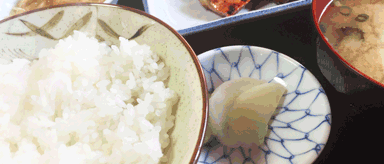Skip to content


Menopause & Osteoporosis Solutions with Excellent Reviews | Juveriente®
100K subscribers doctor YouTuber recommends these natural menopause relief and osteoporosis relief from the Japanese diet.





